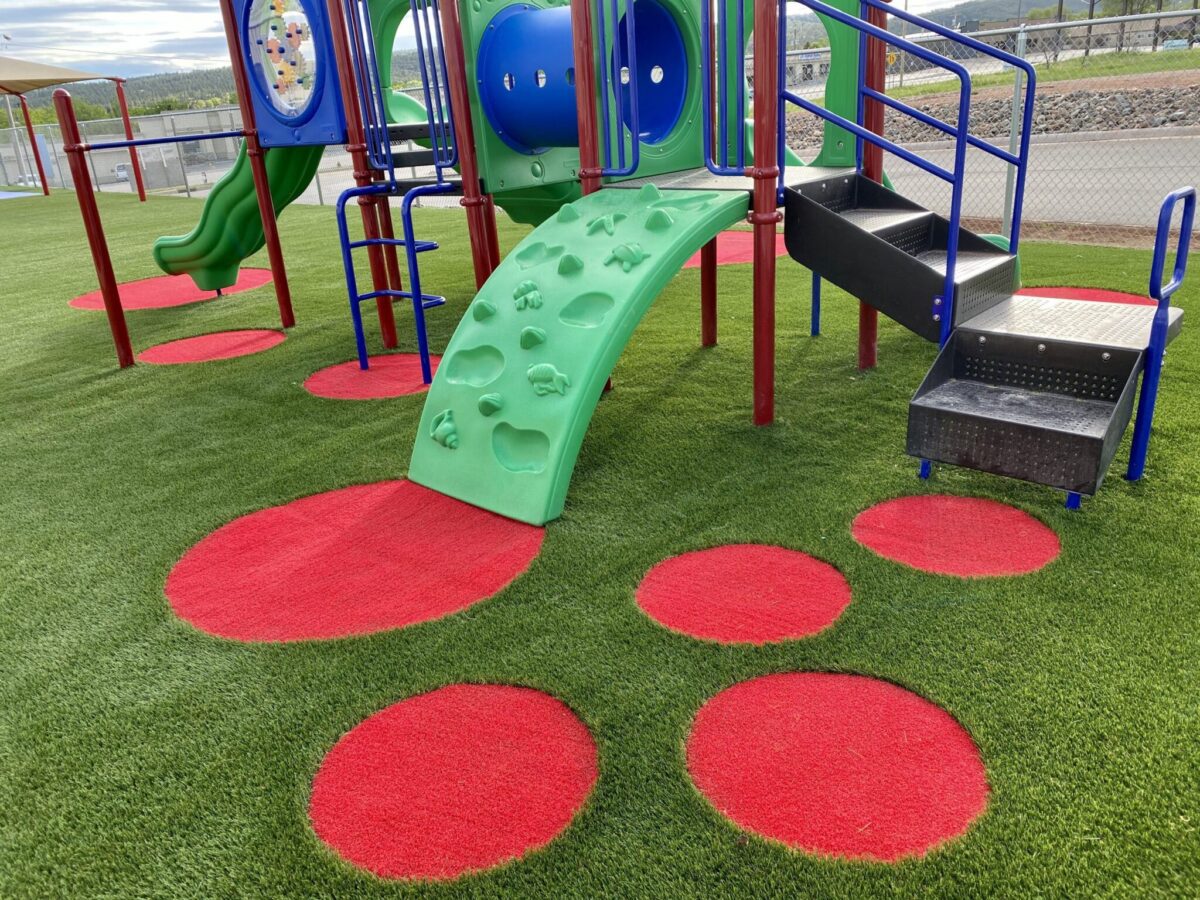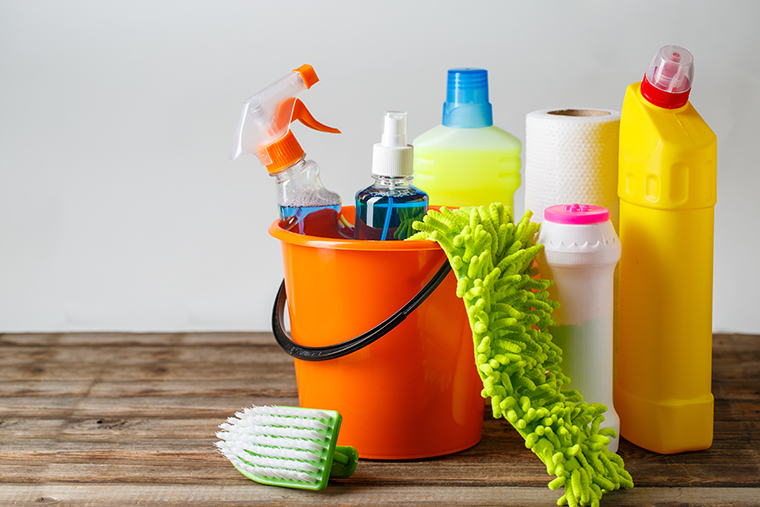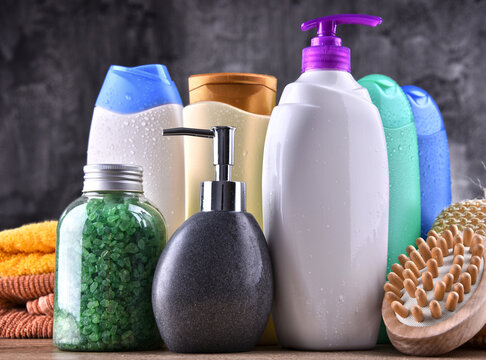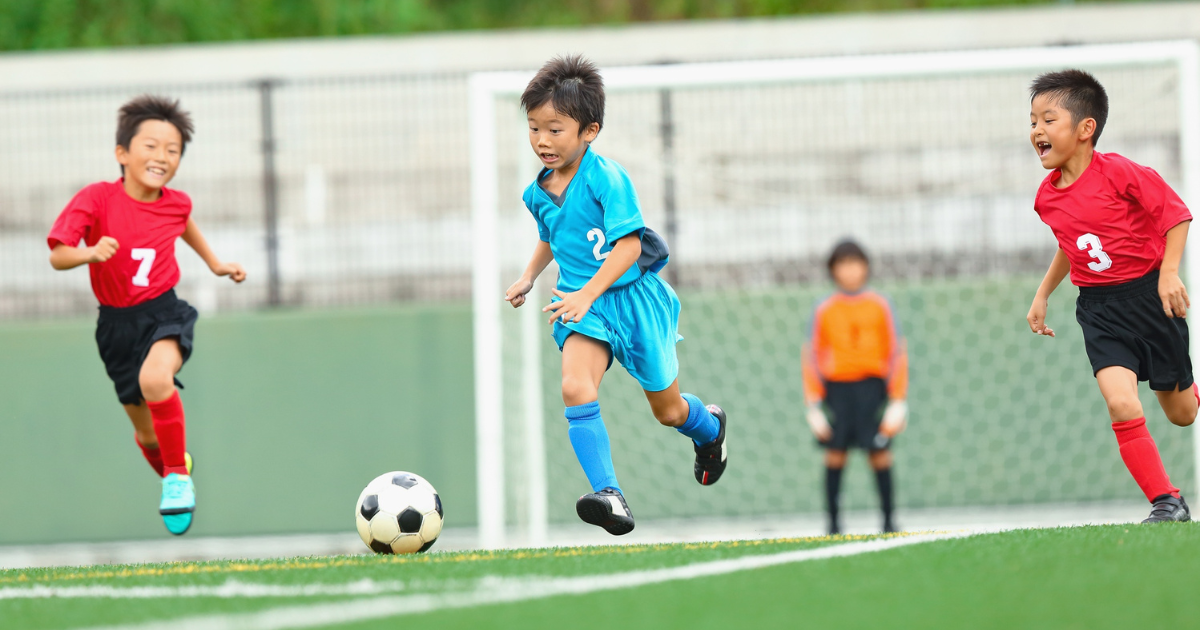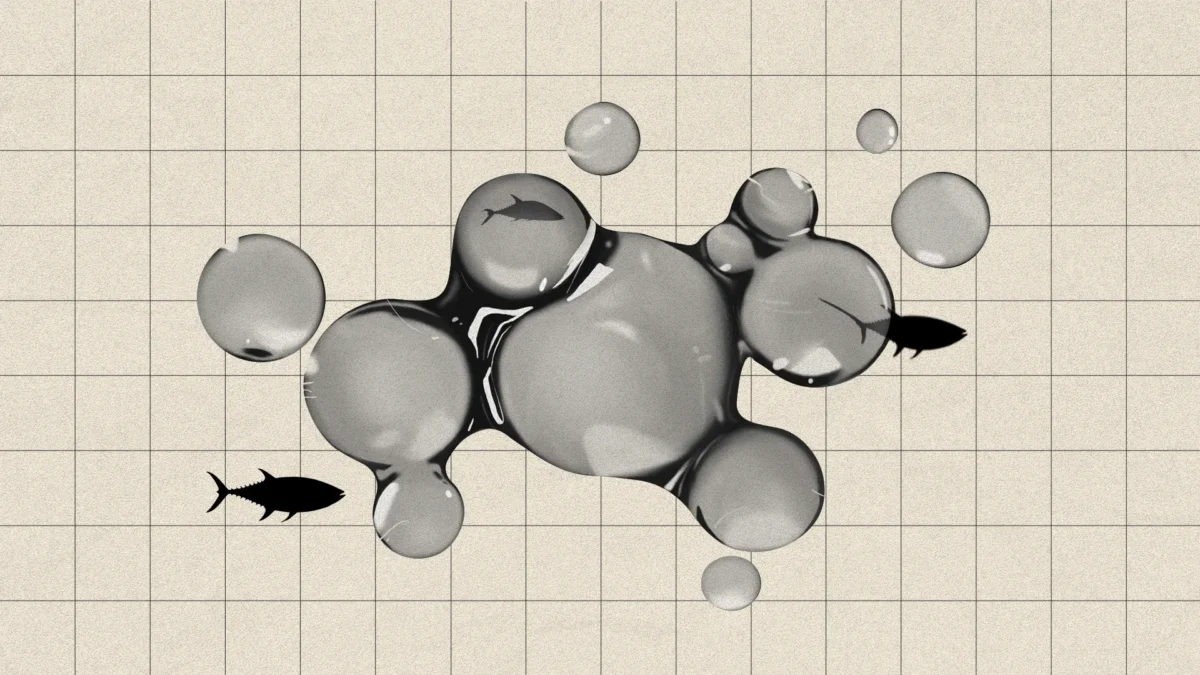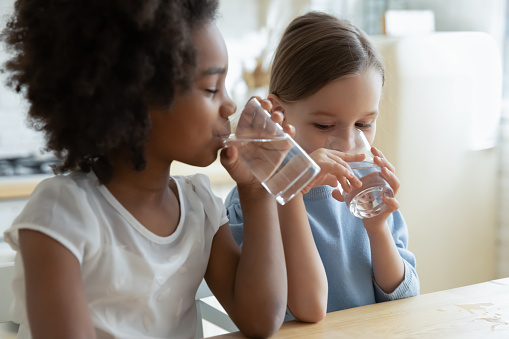Preocupaciones Con Césped Artificial & Caucho Desmenuzado
Los metales pesados y productos químicos dañinos se encuentran tanto en el caucho en migas. Límite para reducir la exposición infantil y encontrar alternativas más seguras–Harmful heavy metals and chemicals are found in both artificial turf and crumb rubber. Limit to reduce child exposure and find safer alternatives.

